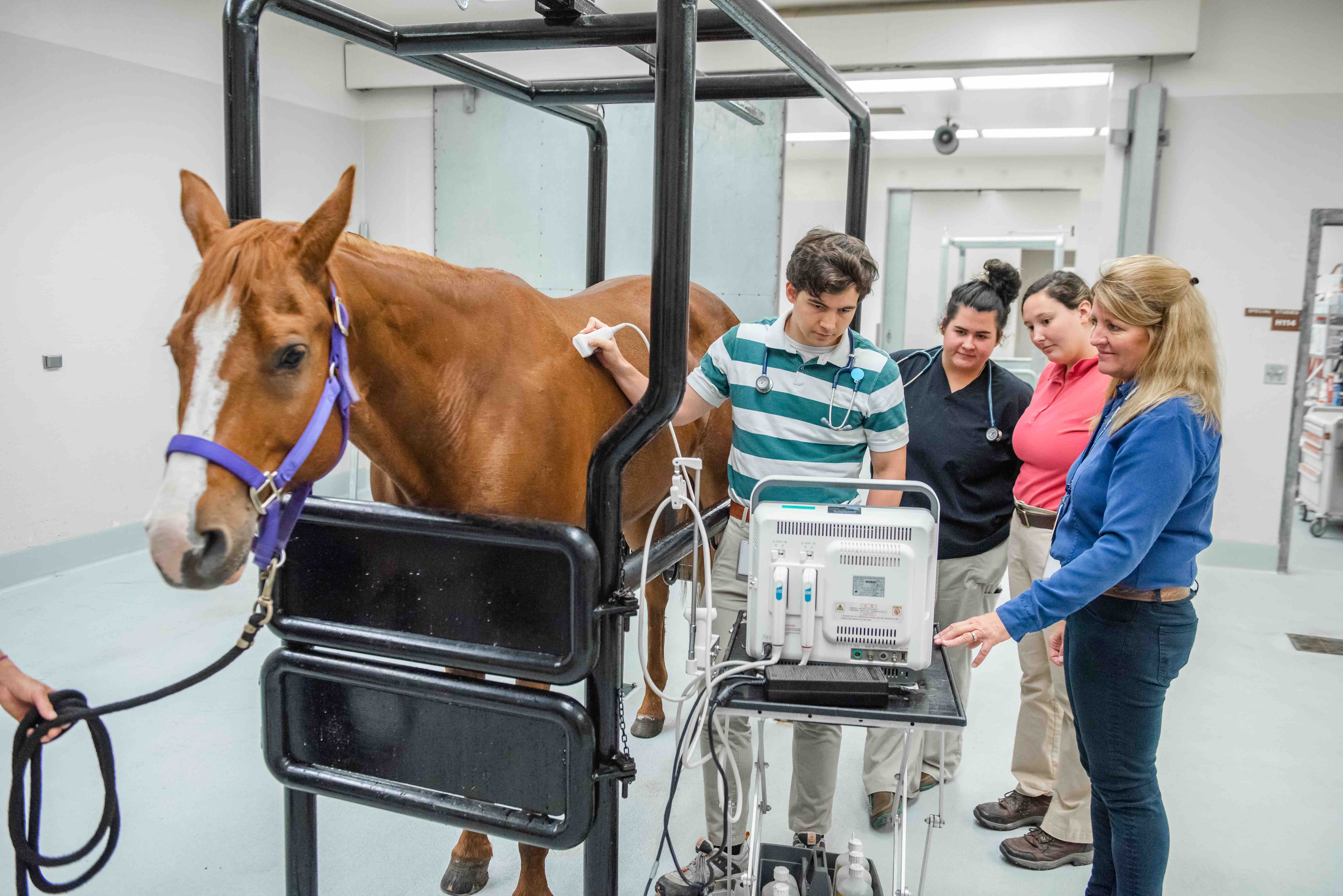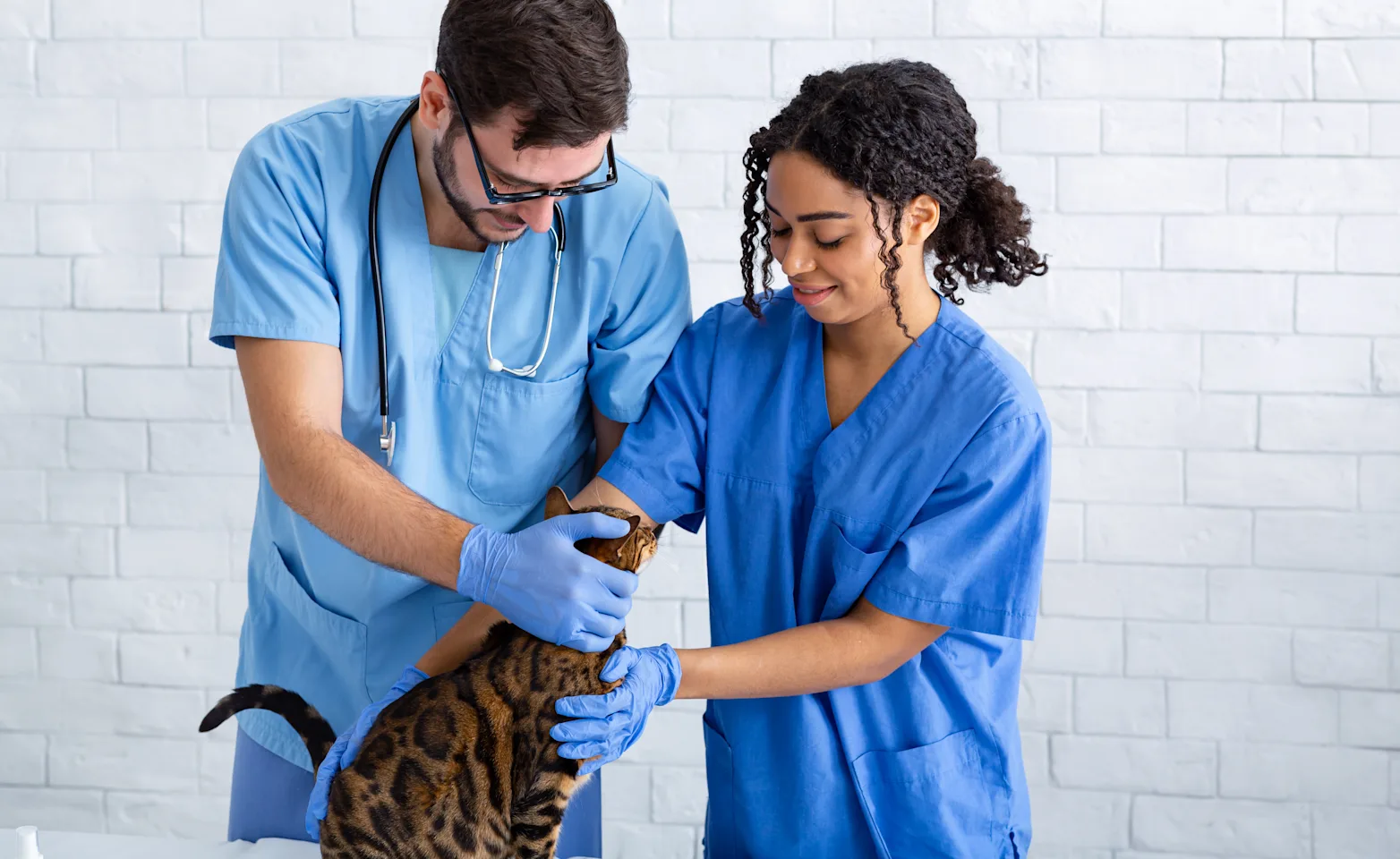When Your Pup Needs Help: What to Expect With tplo surgery for dogs
When Your Pup Needs Help: What to Expect With tplo surgery for dogs
Blog Article
All Concerning Vet Surgical Treatment: Recognizing the Value of Specialist Take Care Of Your Animals
Veterinary surgical treatment is a vital part of pet dog health care. It encompasses various procedures, from regular elective surgical treatments to immediate interventions. Recognizing the intricacies of these surgical treatments can help family pet proprietors make educated decisions. The prep work, implementation, and recuperation phases are essential for guaranteeing the wellness of pets. With correct understanding, proprietors can navigate the complexities of vet treatment. What elements should be thought about prior to a pet undertakes surgical treatment?
Kinds of Veterinarian Surgeries
When a pet dog needs surgical intervention, recognizing the numerous types of veterinarian surgical treatments can help animal proprietors make notified decisions. Veterinary surgical procedures can be broadly classified right into three main kinds: optional, immediate, and emergency surgical treatments. Elective surgeries, such as spaying or neutering, are intended procedures that are not instantly deadly. Immediate surgical treatments, like those for foreign body elimination, have to be done soon yet are not life-threatening in the minute. Emergency surgeries, such as those resolving severe trauma or internal blood loss, are vital and call for immediate attention.Additionally, surgical procedures can vary in complexity, ranging from minimally invasive laparoscopic procedures to much more considerable open surgical procedures. Each sort of surgical treatment brings its own threats and recovery procedures. Understanding these categories allows family pet proprietors to take part in significant conversations with veterinarians, bring about far better end results for their cherished family pets.
Planning for Your Pet's Surgery
Getting ready for a pet's surgical treatment entails a thorough list to assure all fundamentals are covered. Reliable interaction with the vet is vital for comprehending the treatment and any type of required pre-operative steps - animal emergency care bellingham. Additionally, having clear post-operative treatment guidelines will aid owners supply the very best support for their recouping pets
Pre-Surgery Checklist Basics
Guaranteeing a smooth surgical experience for a family pet requires mindful prep work and focus to information. A pre-surgery checklist is vital for animal owners to follow. Validating the arranged surgical procedure day and time is vital. Owners need to additionally validate that their family pet has actually fasted according to the vet's guidelines, typically for 8-12 hours prior to surgical procedure. Gathering necessary medical documents, including inoculation background, is very important for the veterinarian's testimonial. It is also a good idea to prepare a comfortable area in your home for the pet's healing after surgical procedure. Ultimately, proprietors should have a prepare for transport to and from the vet clinic, making sure that the family pet is protected and comfortable throughout the trip. Complying with these actions can substantially improve the surgical experience.
Connecting With Your Vet

Efficient interaction with the veterinarian is important for a successful medical experience for animals. Proprietors need to be prepared to discuss their family pet's case history, consisting of any type of pre-existing problems, medicines, and allergic reactions. This information helps the vet evaluate dangers and tailor the medical plan accordingly. Furthermore, animal owners should ask questions pertaining to the procedure, anesthesia, and anticipated results to ensure they totally recognize the process. Making clear any kind of doubts can alleviate anxiety for both the pet dog and the owner. It is likewise crucial to interact any type of behavioral adjustments or worries observed in the pet leading up to the surgery. Eventually, clear dialogue promotes count on and cooperation, guaranteeing that pet dogs get the most effective possible care during their surgical journey.
Post-Operative Treatment Instructions
After talking about the surgery with the vet, pet dog owners must focus on post-operative care directions to help with a smooth recovery for their pet dogs. These guidelines generally include keeping track of the medical site for signs of infection, such as inflammation or discharge. Animals might need to be maintained calm and restricted to avoid excessive movement that might disrupt recovery. Discomfort monitoring is crucial, so owners need to comply with the veterinarian's guidance on administering medications. Additionally, dietary limitations may be encouraged to avoid stomach upset. Routine follow-up appointments are necessary to assure appropriate healing and resolve any problems. By sticking to these post-operative care guidelines, animal owners can considerably add to their pet dog's healing and general wellness.
The Surgery Explained
The surgery for pets encompasses essential steps that guarantee their security and healing. Pre-surgery prep work are vital for lessening dangers, while post-operative treatment standards play an important function in advertising recovery. Understanding these parts aids family pet proprietors browse the medical experience much more successfully.
Pre-Surgery Preparations
Prior to a family pet undertakes surgery, several crucial preparations have to happen to guarantee a risk-free and successful treatment. Initially, an extensive veterinary exam is crucial to assess the pet's total health and determine any kind of possible threats. This may include blood tests, imaging, or other diagnostics. The veterinarian will also talk about anesthetic options tailored to the animal's specific needs. Additionally, pet proprietors are commonly instructed to hold back food and water for a defined time prior to surgical procedure to decrease the risk of difficulties throughout anesthesia. It's essential for owners to supply a total medical history, including any drugs or allergies, ensuring the medical team has all needed details. Appropriate communication and adherence to pre-surgery standards can significantly enhance the result of the treatment.
Post-Operative Care Guidelines
Proper post-operative care is vital for making sure an animal's healing complying with surgical treatment. After the procedure, family pets need to be kept track of very closely for any indications of complications, such as excessive blood loss, swelling, or unusual habits. It is necessary to comply with the veterinarian's guidelines pertaining to medicines, consisting of painkiller and antibiotics. Pets need to be kept in a quiet, comfortable setting to lower tension and advertise recovery. Limiting activity is important; short, leashed strolls might be necessary, yet jumping or running need to be avoided. Normal follow-up appointments must be set up to assess the recovery process. Furthermore, the medical website should be maintained clean and dry, with any kind of indications of infection reported to a vet quickly. Sticking to these standards boosts recuperation results.
Anesthesia and Pain Management
Effective anesthesia and pain monitoring are vital elements of vet surgical treatment, guaranteeing that family pets continue to be comfortable and safe throughout the treatment. Veterinarians analyze each animal's specific demands, taking into consideration variables such as age, weight, wellness condition, and the kind of surgery being performed.Anesthesia protocols generally consist of a combination of pre-anesthetic medications, induction representatives, and inhalant anesthetics, allowing for precise control over the pet's level of awareness. Tracking during surgery is important; vets continuously observe vital signs to deal with any potential difficulties promptly.Pain monitoring strategies may entail opioids, non-steroidal anti-inflammatory drugs (NSAIDs), and local anesthetics, tailored to the animal's specific situation. This complex method helps decrease discomfort and advertises a smoother medical experience. By focusing on efficient anesthetic and pain monitoring, veterinary specialists boost the general well-being of pets undergoing procedures, ensuring they obtain the highest possible criterion of care.
Post-Operative Care and Healing
Complying with surgical treatment, the focus moves to post-operative care and healing, which is necessary for ensuring an animal's risk-free return to typical tasks. During this duration, pets call for a quiet, comfy setting to aid recovery. Owners should very closely monitor their family pets for any indicators of discomfort or unusual behavior.Veterinary standards commonly consist of details instructions connected to drug management, wound care, and nutritional changes. It is crucial to abide by these suggestions to reduce problems and advertise healing. Pets might require to be restricted from strenuous tasks, such as running or jumping, throughout their recovery period (canine tplo surgery).Regular follow-up appointments with the vet permit tracking of the pet's development and timely modifications to the care strategy. Providing psychological support and friendship can likewise improve a family pet's recovery experience, helping to reduce anxiety and anxiousness. In general, thorough post-operative treatment plays a considerable function in attaining a successful recovery
Recognizing Complications After Surgical Treatment
Exactly how can animal owners identify complications after surgical treatment? Recognition of certain indicators is necessary for guaranteeing the wellness of family pets during recovery. Usual indicators consist of excessive swelling, redness, or discharge at the medical website, which may represent infection. In addition, relentless discomfort, shown by whimpering or unwillingness to move, must prompt immediate focus. Adjustments in cravings or water consumption can likewise indicate issues; a decrease in these behaviors may indicate discomfort or distress.Moreover, family pet owners must monitor their animals for any uncommon actions, such as sleepiness or problem breathing, as these can be indicators of major concerns. Throwing up or diarrhea adhering to surgery might call for immediate veterinary examination. Identifying these problems early can substantially influence a family pet's recuperation procedure, highlighting the value of alertness and timely interaction with a veterinarian for any type of worrying symptoms.
The Function of Veterinary Experts in Surgical Care
Vet experts play an essential function in making certain the safety and success of operations for pets, specifically following surgical treatment when keeping an eye on and care are vital. These professionals include veterinarians, veterinary technicians, and support staff, all of whom add specialized skills to the medical process.Before surgical procedure, vets conduct complete analyses to examine the pet's health, making certain that any type of hidden problems are handled. During the procedure, the medical team offers anesthesia, preserves sterilized atmospheres, and keeps track of crucial indicators, very important for lessening risks.Post-operative care is similarly considerable; vet experts observe for difficulties, manage pain, and overview owners on healing techniques. Their knowledge enables them to acknowledge early indications of distress or infection, ensuring prompt treatment. Eventually, the joint efforts of veterinary professionals in medical care cultivate a risk-free setting, advertising the wellness of pets throughout the medical journey.

Frequently Asked Inquiries
Exactly how Do I Pick the Right Veterinary Surgeon for My Pet dog?
Picking the ideal vet surgeon entails looking into qualifications, reviewing reviews, and reviewing the clinic's environment. It is necessary to review the cosmetic surgeon's experience with particular treatments and their communication design when deciding.
What Are Common Misconceptions About Veterinarian Surgeries?
Typical misunderstandings regarding vet surgeries consist of ideas that they are always high-risk, unneeded, or just for emergencies. Lots of animal proprietors ignore the advantages of preventative treatments and the skill included in vet surgical care.
Just How Much Will My Animal's Surgical treatment Cost?
The cost of an animal's surgical treatment can vary substantially based on factors such as the type of procedure, the veterinarian's experience, and geographic location (tplo surgery). Commonly, costs range from a few hundred to more info numerous thousand dollars

Can My Family Pet Eat Prior To Surgical Procedure?
Before surgical treatment, it is typically suggested that pet dogs abstain from consuming for a certain period. This fasting helps in reducing the danger of problems during anesthetic. Proprietors must consult their vet for accurate directions tailored to their pet's needs.
Suppose My Pet Has Pre-Existing Health Conditions?
When a pet dog has pre-existing health and wellness problems, it's essential for the veterinarian to evaluate these variables before surgical treatment. This evaluation guarantees ideal preventative measures are taken, minimizing risks and enhancing the family pet's overall security during the procedure.
Report this page